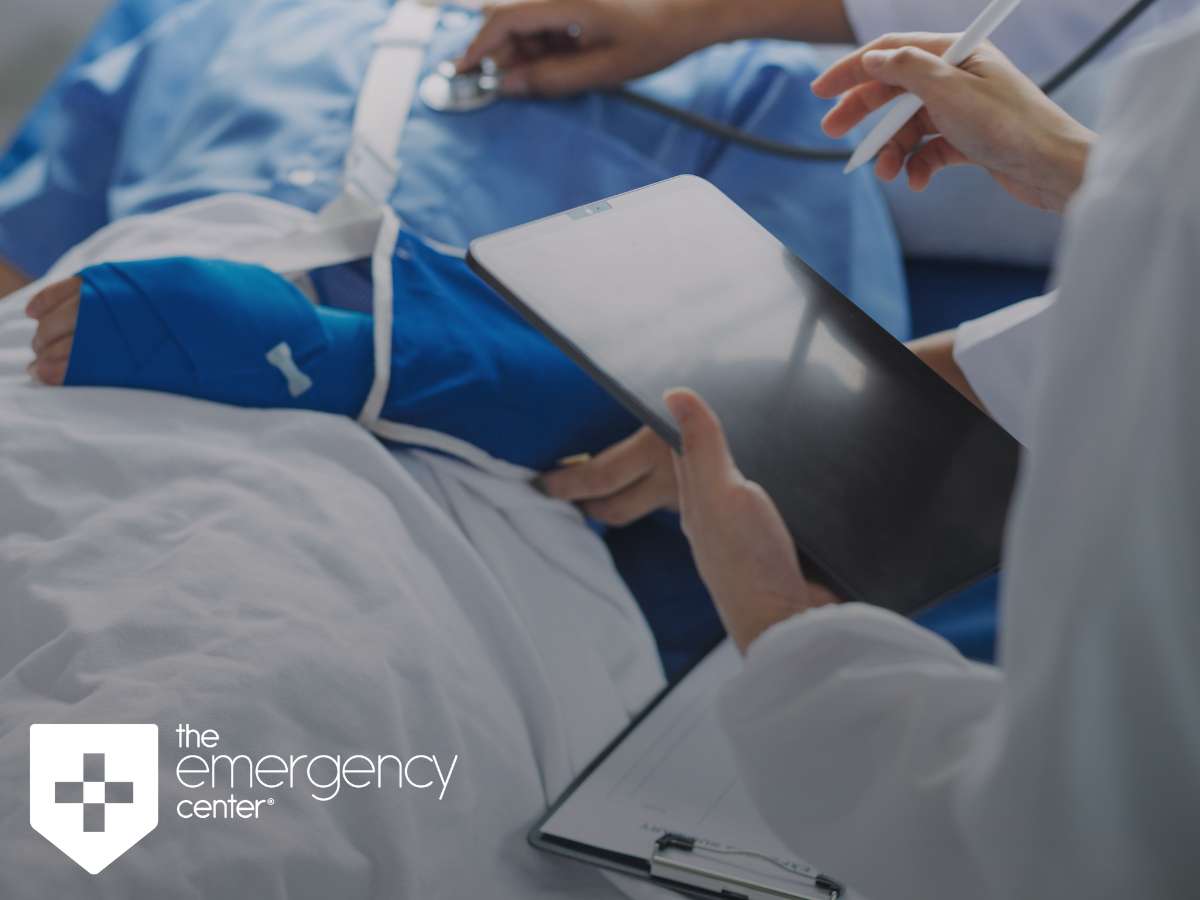How 23-Hour Observation Works in the ER
How Long Can You Stay in the ER Without Being Admitted?
Emergency situations often require immediate medical attention. However, it’s not always immediately apparent if hospital admission is necessary. In many cases, conditions can be treated directly at The Emergency Center without needing a full hospital stay. A 23-hour observation period often provides the best option in these scenarios.

What Does a 23-Hour Observation Stay in the ER Mean?
In emergency medicine, an observation stay—commonly referred to as “OBS”—is a designated period where the patient undergoes a thorough medical evaluation within the ER setting. This helps physicians to make an informed decision regarding the need for hospital admission.
What Symptoms Will Get You Admitted to the Hospital?
Several symptoms may lead to an observation stay in The Emergency Center, potentially followed by hospital admission. These include severe chest pain, serious back pain, chronic dehydration, intense asthma attacks, severe allergic reactions, and significant difficulties in breathing.
The Benefits of a 23-Hour Observation Stay: Why Is It Essential?
The advantages of a 23-hour observation stay are two-fold, benefitting both patients and healthcare facilities. It helps reduce unnecessary hospital admissions, provides adequate time for accurate diagnoses, enhances infection control practices, and ensures patient safety.
Indications for a 23-Hour Observation Period: When is it Necessary?
When a patient presents symptoms indicative of a potential medical emergency, immediate medical attention is warranted. If these symptoms persist or worsen, a 23-hour observation period may be necessary to determine the appropriate treatment course.
The Post-Observation Route: What Happens After a 23-Hour Observation Period?
The Emergency Center can facilitate the process for patients whose conditions necessitate hospital admission after the 23-hour observation period. They can bypass the busy hospital ER and be directly admitted, saving valuable, potentially life-saving, time.
The 23-Hour Observation After Surgery: What to Expect?
Patients undergoing surgery might also require a 23-hour observation period post-procedure. This allows doctors to monitor the patient’s recovery, assess the immediate postoperative condition, and determine whether additional hospital care is necessary.
Your Health Matters: Don’t Delay in Seeking Medical Assistance
The Emergency Center offers 24/7 emergency care services, including up to 23 hours of observation. For anyone with symptoms suggestive of a medical emergency, immediate visitation to The Emergency Center’s 24-hour San Antonio facility is recommended.
During a health emergency, time is crucial. If uncertain about the severity of symptoms, it is always better to err on the side of caution and seek immediate medical help. We are always prepared to provide round-the-clock care, including up to 23 hours of observation for appropriate patient management.

The Emergency Center
San Antonio
11320 Alamo Ranch Pkwy
San Antonio, TX 78253
Phone: 210-485-3644
Conroe
4019 I-45 N,
Conroe, Texas 77304
Phone: 936-247-9457
